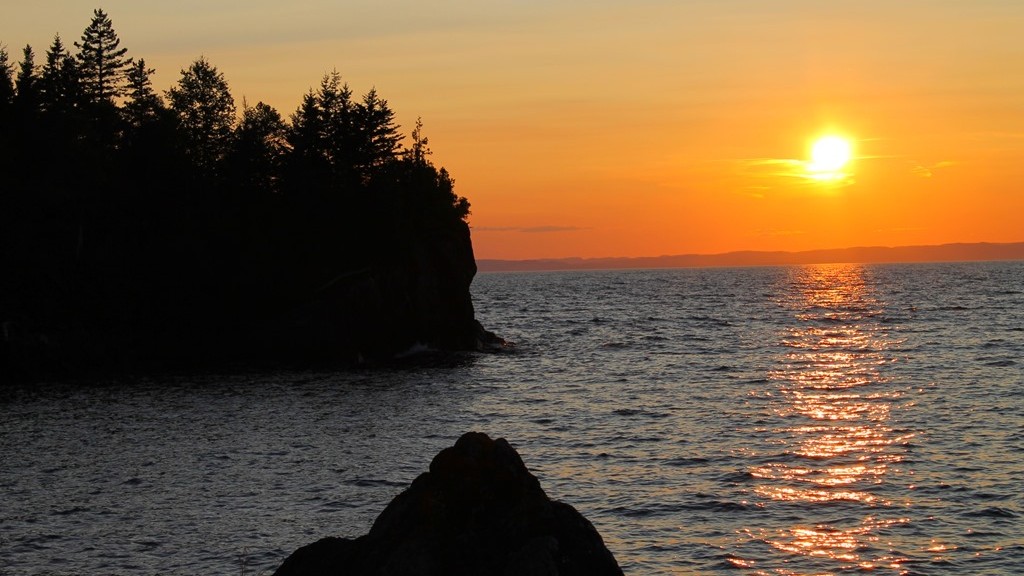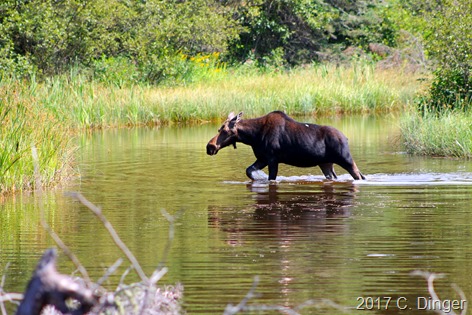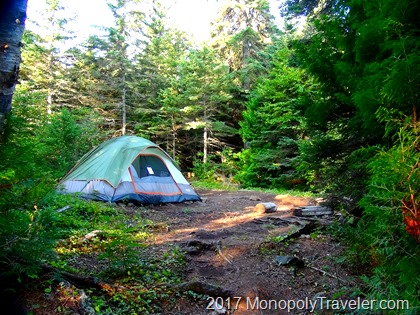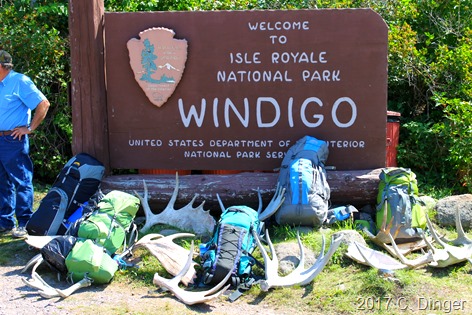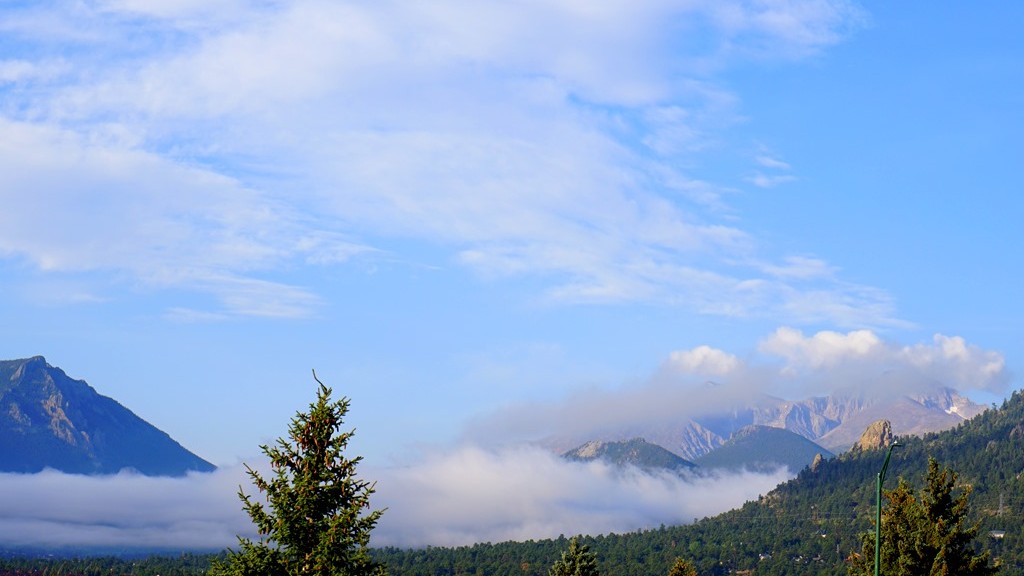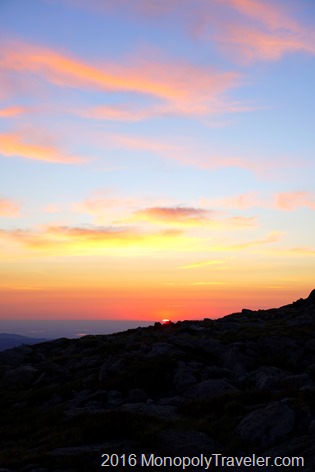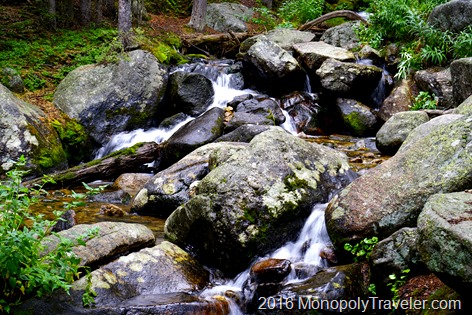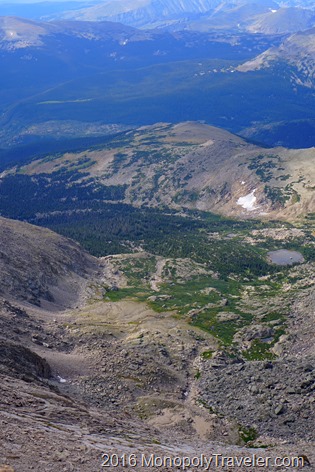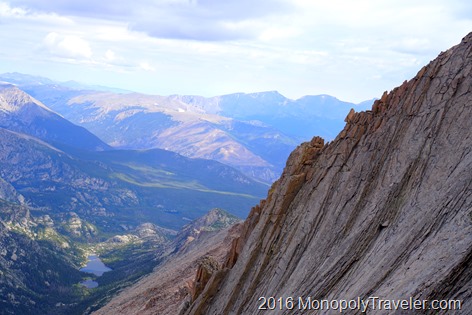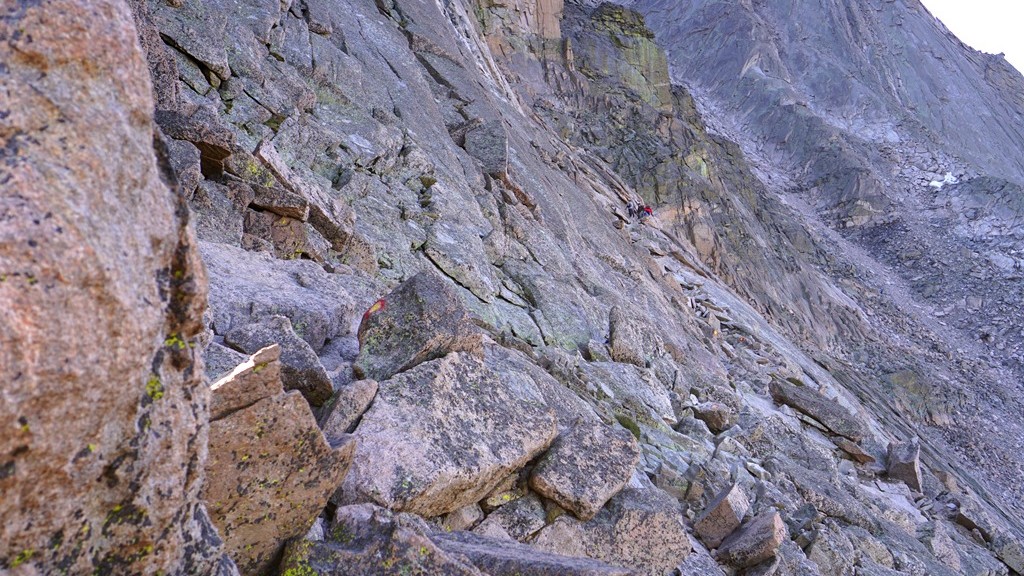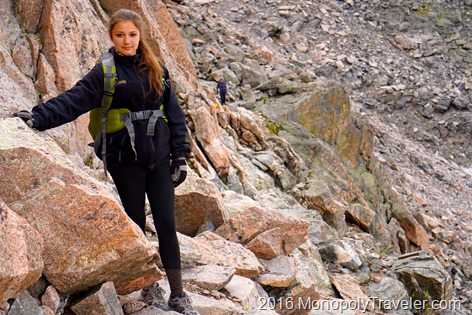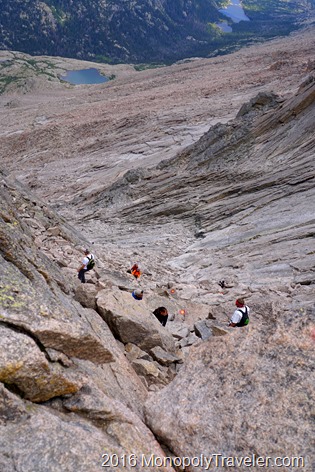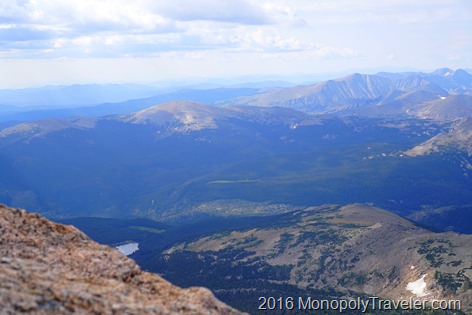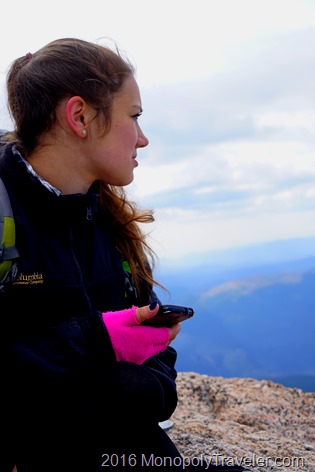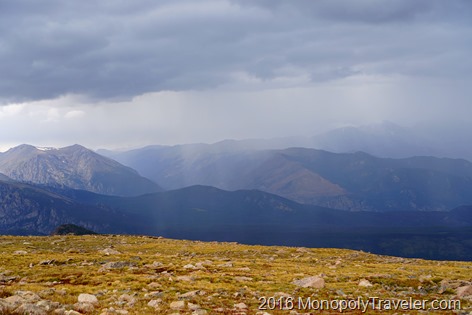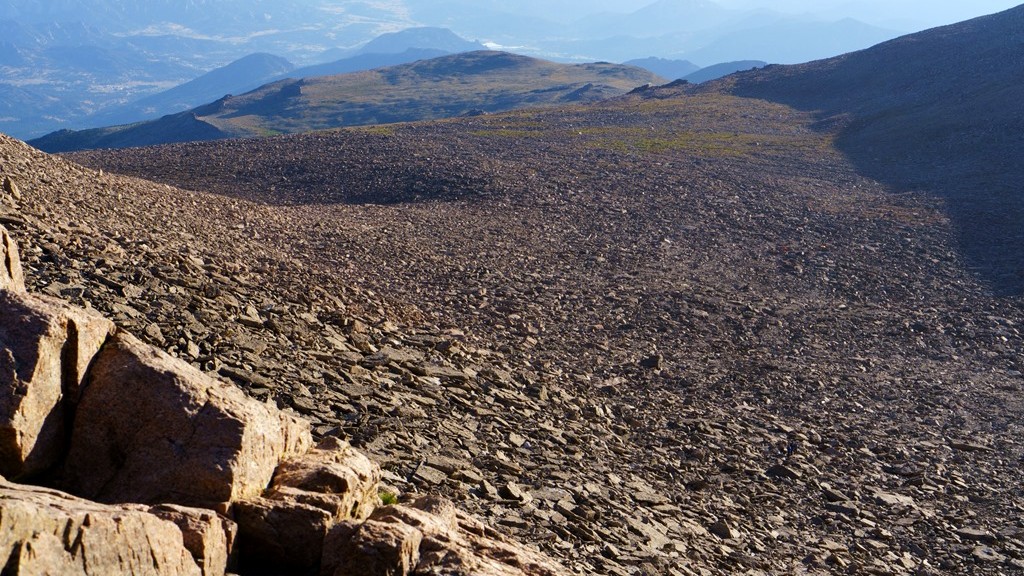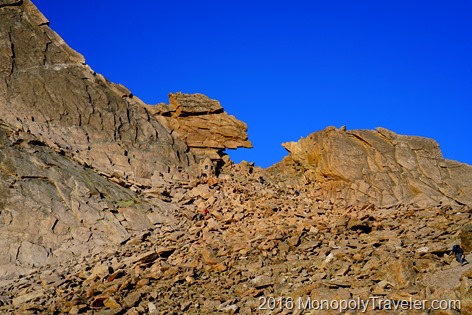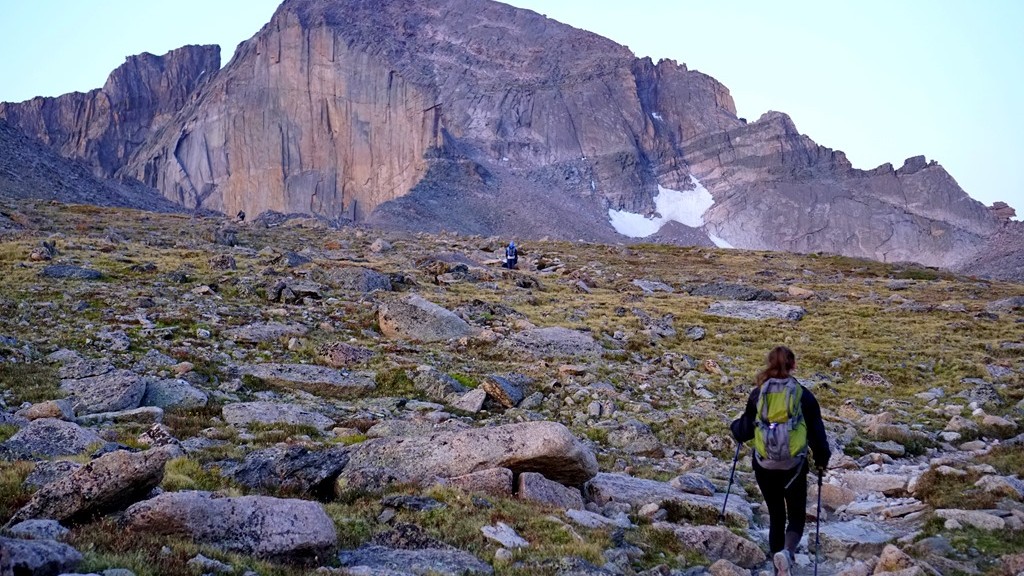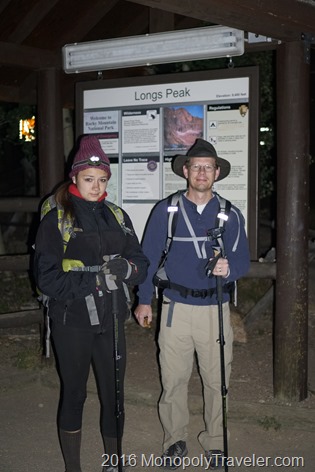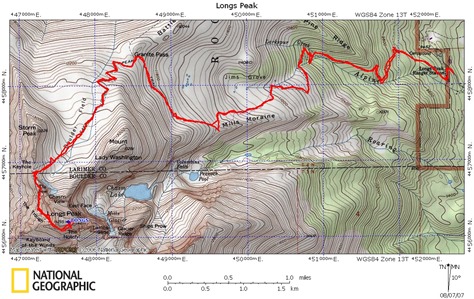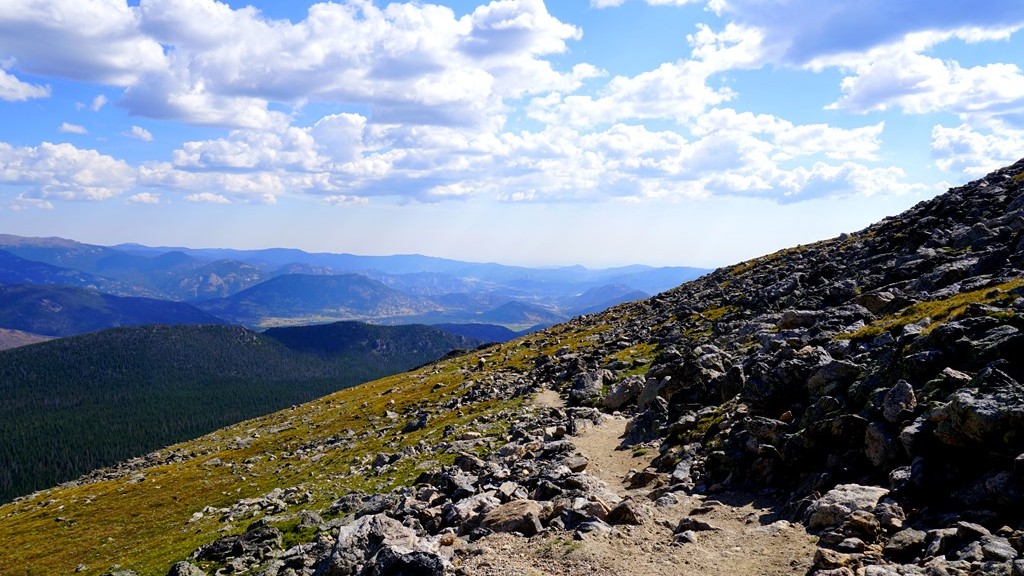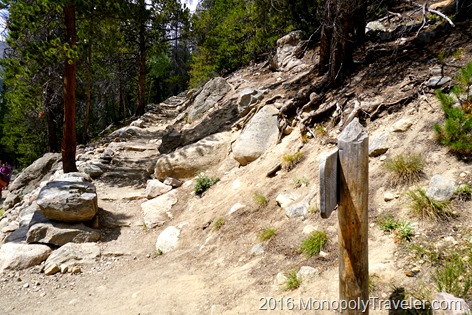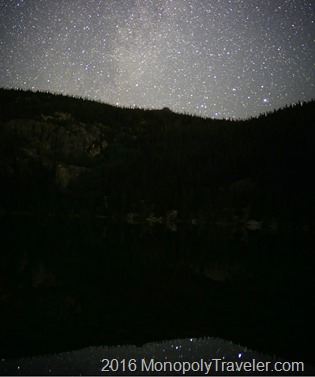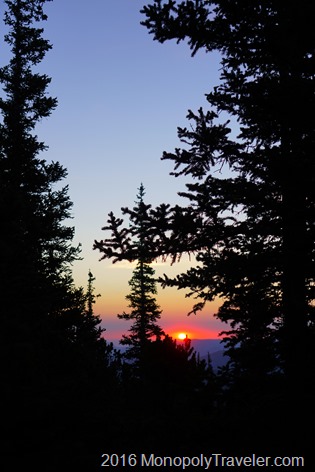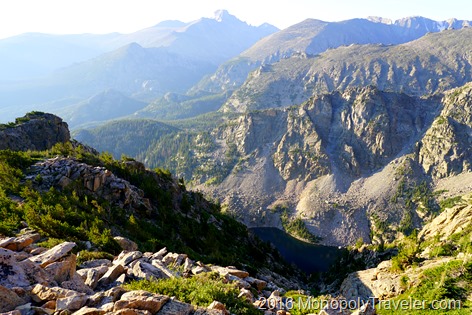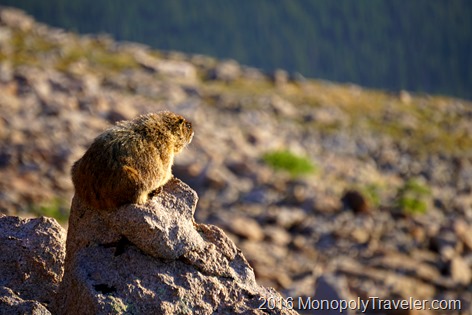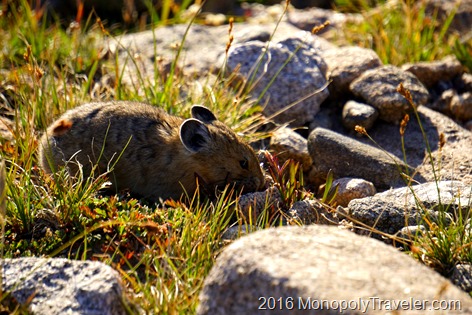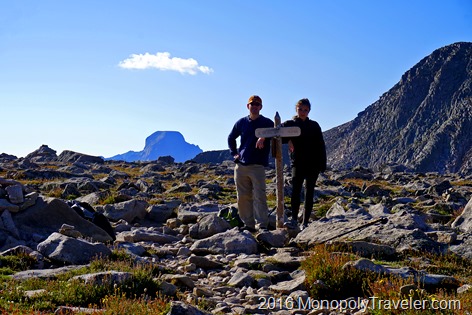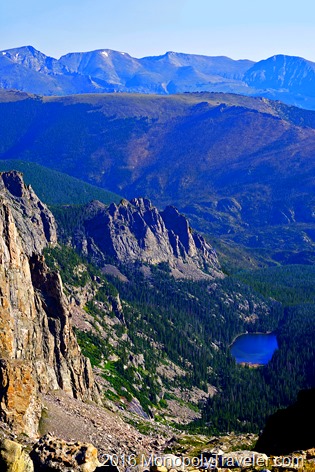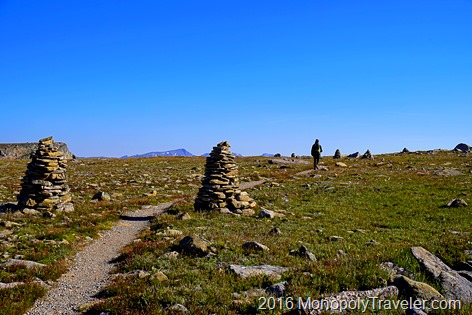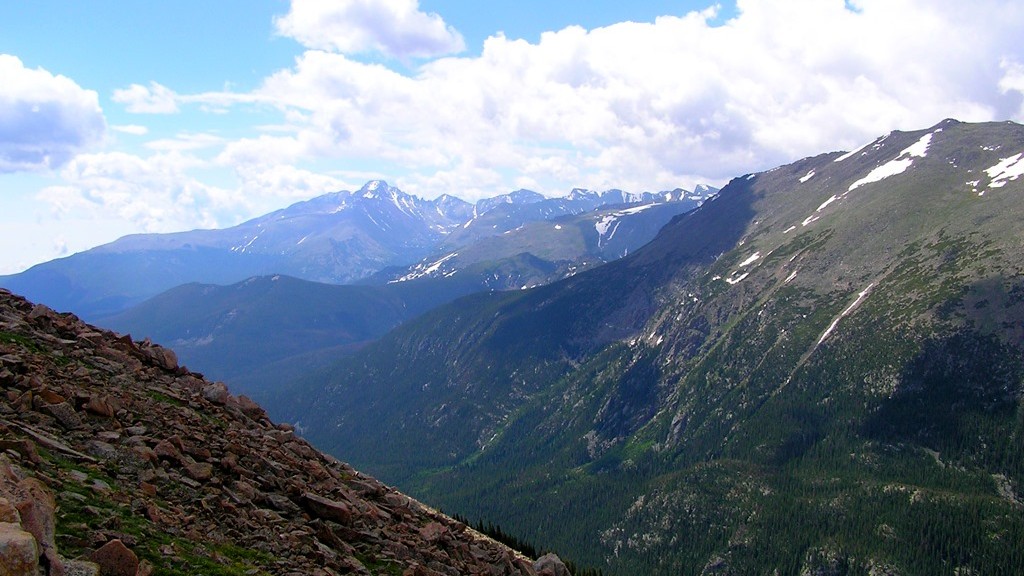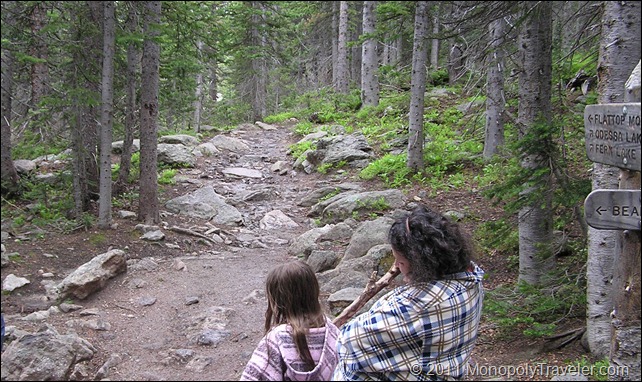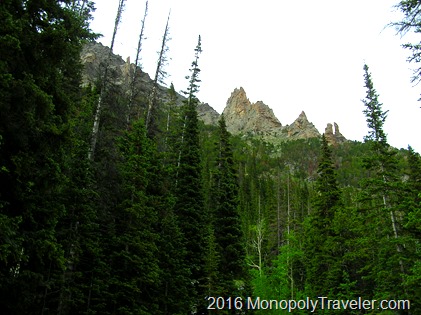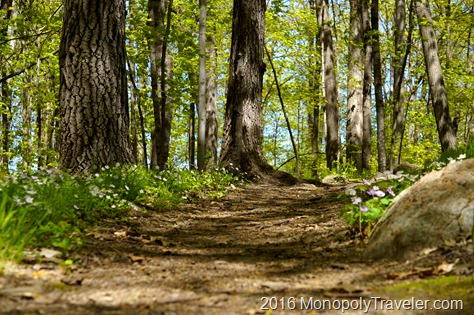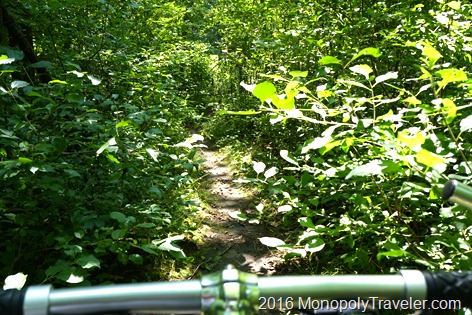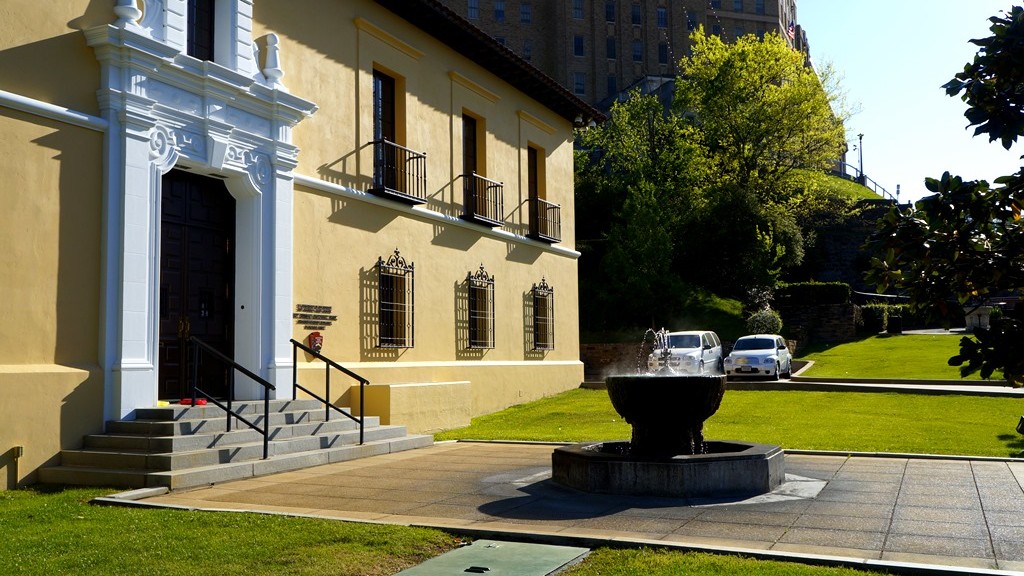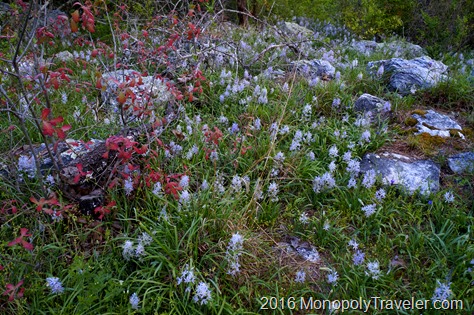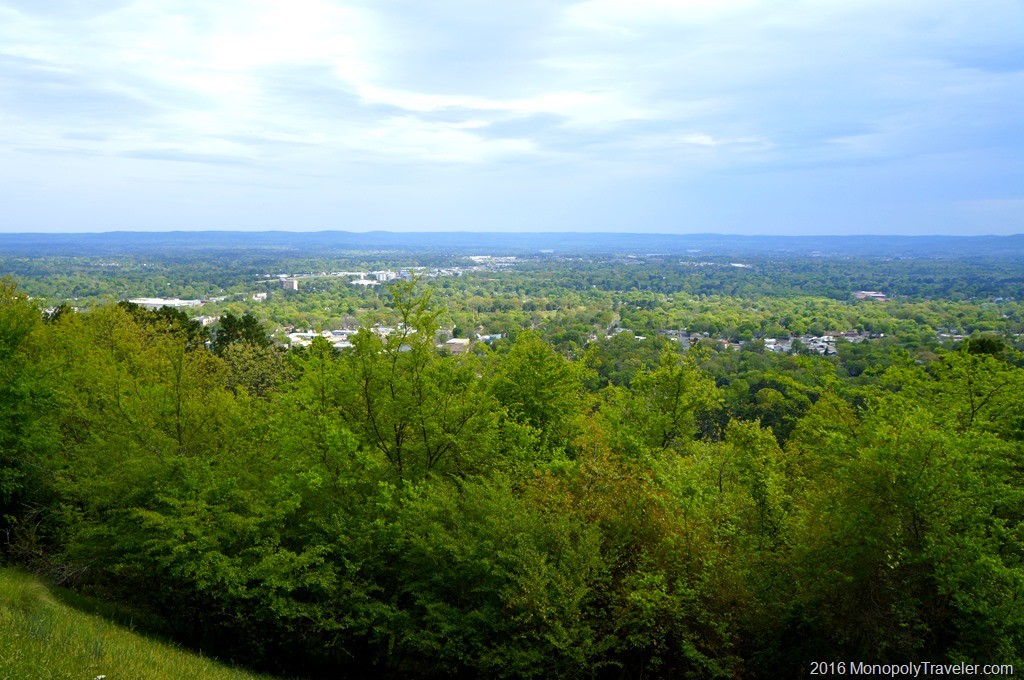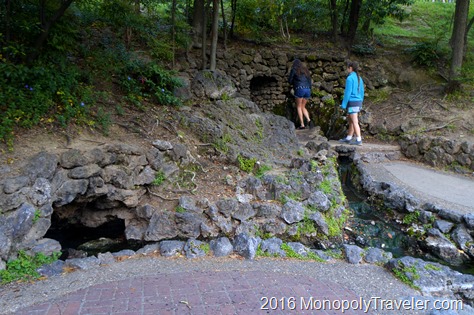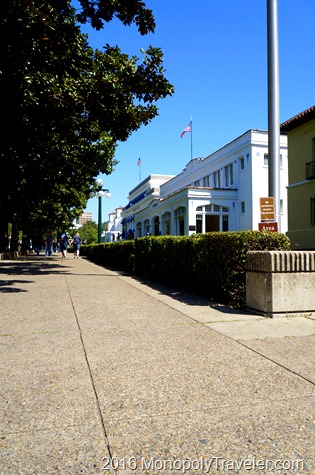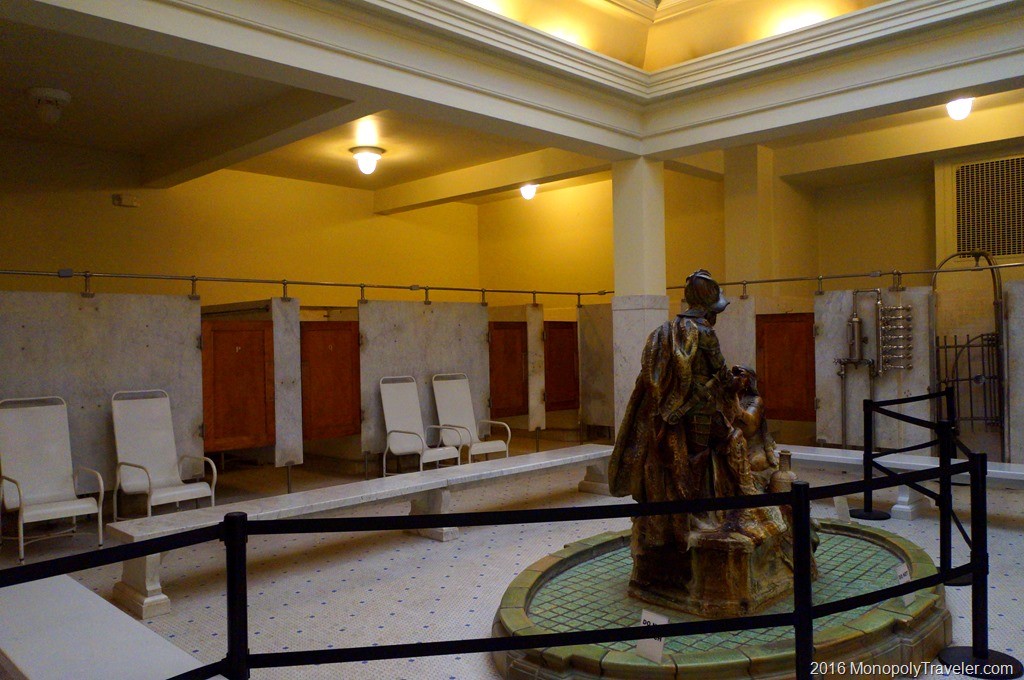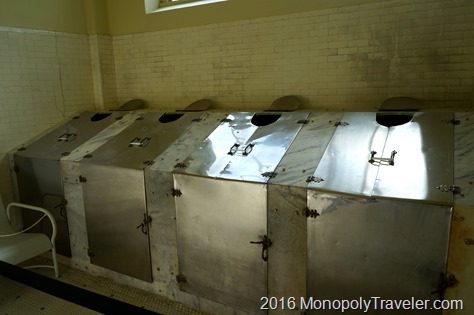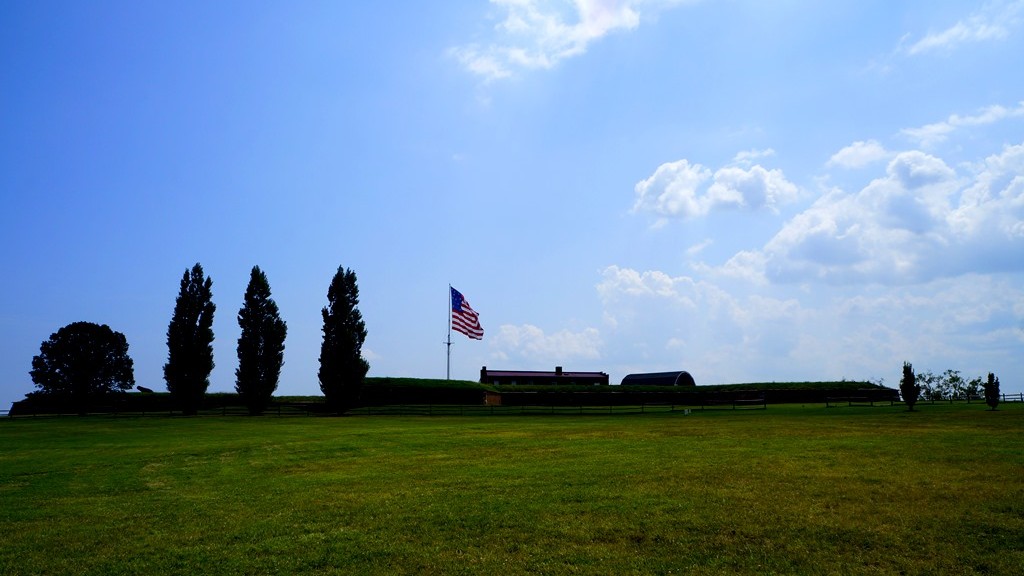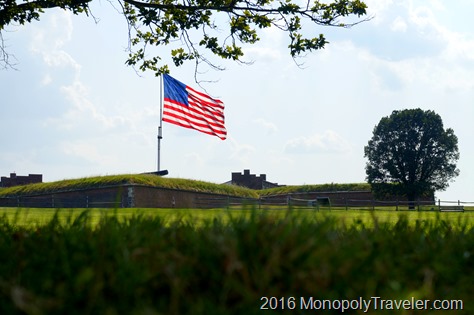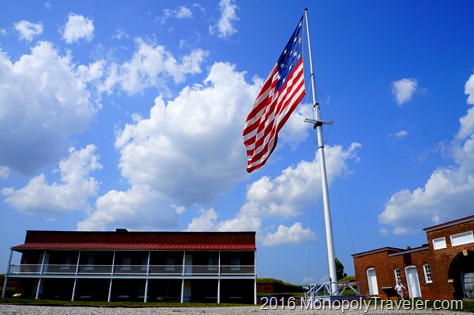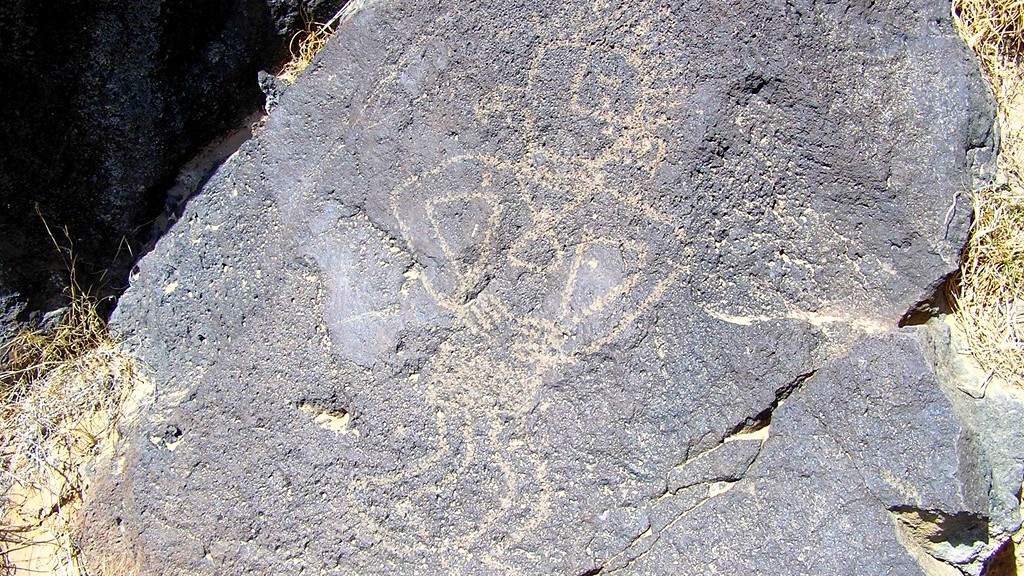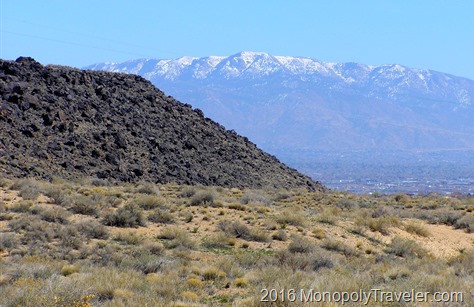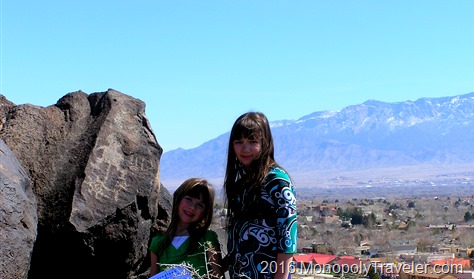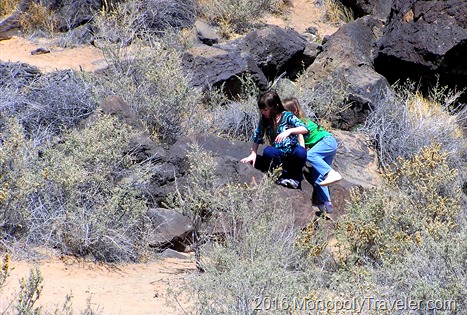In my previous post on ‘Planning for 2017’ I wrote briefly on going back to Isle Royale. I find this desire to backpack here very humorous because the last time I did this with the rest of my family I was adamant that backpacking was not for me and I would never do it again. I was glad to have experienced it once but that was enough. And now I can’t wait to return and hike further and for more days. What happened?
Either I’ve gone crazy or have gained more knowledge on backpacking. First lets figure out why there was no desire to backpack again. Most of this came from hiking with a lot of extra weight on my back causing pain in my shoulders and back every time my pack was hoisted back onto my shoulders. The second reason is that sleeping was cold and uncomfortable leaving me tired much of the time longing for a good nights sleep. Other than that, I enjoyed the time on the island.
So what’s different now? A number of things have changed my opinion of backpacking bringing on an excitement to do it again. First is all of the information and experience I’ve gained since then increasing the confidence to be able to hike with extra weight and actually enjoy it. I now have a good idea of what is involved in preparing for an extended hike which includes hiking locally with a heavy backpack for a couple of miles each time along with biking a couple of days a week for several miles putting me in better shape. Also I have a nicer camera that I really enjoy using and Isle Royale is a great place for beautiful photographs adding to my excitement to be there.
If I do this right the training backpack will be heavier than my actual pack making it seem like no big deal to carry all day long. Add to this increased muscle strength to be able to carry the weight while working around rocks and tree roots, using trekking poles to keep better balance and weight distribution, and bringing fewer items reducing my overall back pack weight should combine to make a fun hiking experience.
A few weeks after returning from Isle Royale the last time I began to go through our supplies and determined how I would pack differently another time to reduce the weight I was carrying. It was amazing how much different things felt for each pound we removed either in food or water weight making the pack lighter. We definitely brought too much food last time and heavy food at that. That is an easy place to reduce weight by several pounds. Also, sleeping gear last time was heavy lugging small air mattresses, cotton sheets, and blankets. This time a sleeping bag, light sleeping pad, and maybe a small pillow which should eliminate more weight. My only concern is increased weight in camera equipment so I will have to watch that part. As far as sleeping goes, I know there won’t be great sleep so I’m prepared for that so it should be less of a concern.
Training for hiking in the Rocky Mountains in 2016 and how successful it was and I was at completing a couple of 10 mile + hikes at higher elevations has proven to me that I can adequately train for this trip and go the distance with my backpack. In fact, at times I would even forget I was carrying my backpack loaded with clothing, food, and water all as a result of training before hand. The pack will be heavier this time as it will include more food, a tent, sleeping gear, and probably more clothing so I understand what I need to do to prepare. I’m so looking forward to this but there is much to do before then.

